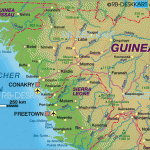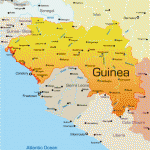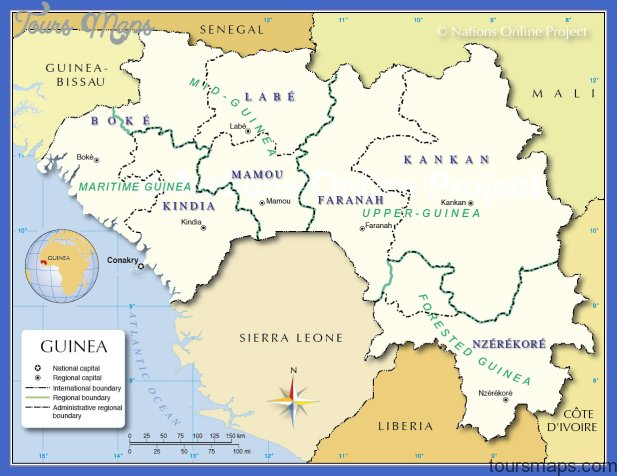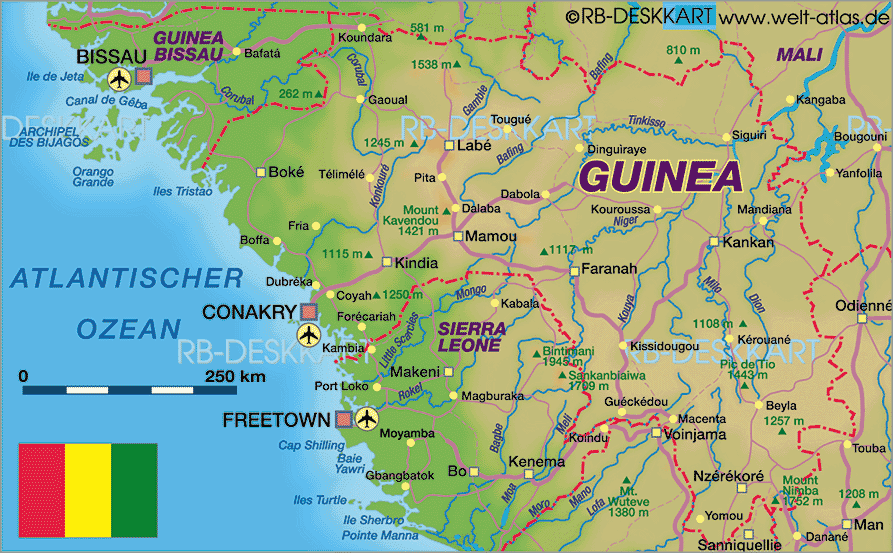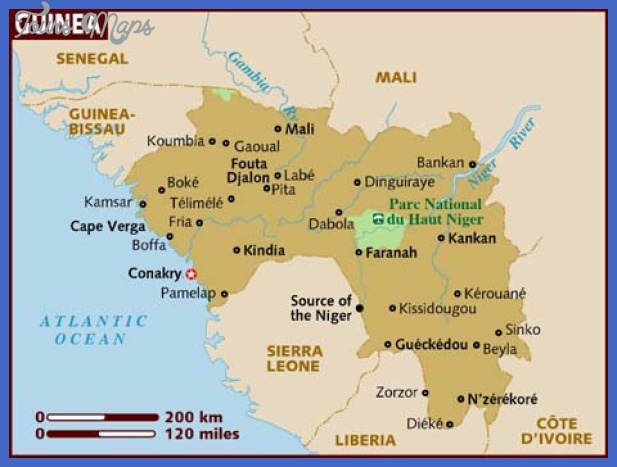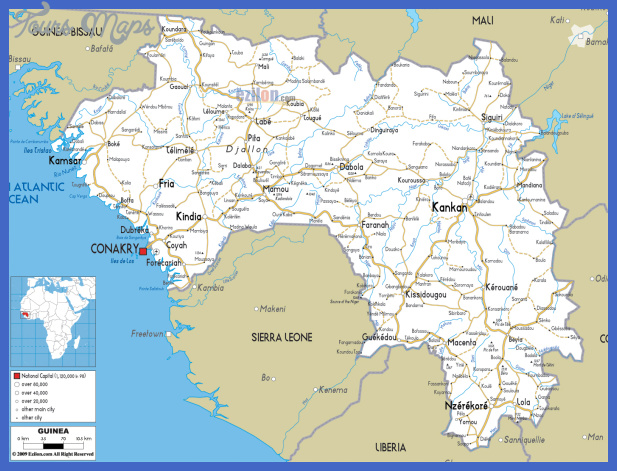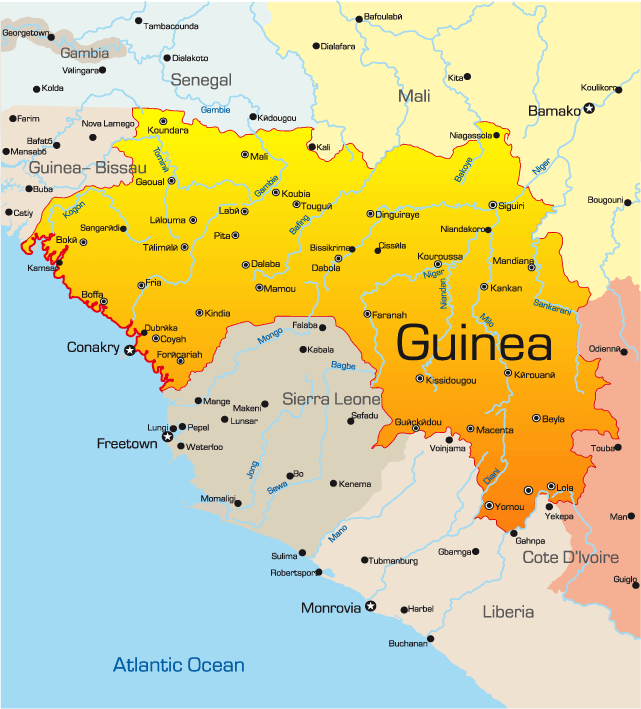Felix de Beaujour in Guinea
December 28, 1765-July 1, 1836 Division 48
48° 51′ 47.39 N 2° 23′ 35.77 E
Towering over sixty feet, the monument to Felix de Beaujour (born Louis-Auguste Feris) is by far the tallest in Pere-Lachaise. Although Beaujour is not well known today he made his mark in France in the late 18th and early 19th century. Born in Callas in the far southeast of France, he studied at Aix-en-Provence as well as Paris, becoming employed in the diplomatic service. His employment took him to Dresden, Munich, Greece and Sweden and eventually to the United States where he served as Commissioner General from 1804 to 1811. In 1816, a few years after he returned to France, Tallyrand made him Consul General in Smyrna (an ancient city on the Aegean coast of Western Turkey) then in 1818 Louis XVIII made him a baron. Capitalizing on his baron status he changed his name from Louis-Auguste Feris to Felix de Beaujour aka Louis-Felix-Auguste Beaujour. As Felix de Beaujour he served as the deputy of the Bouches-du- Rhone from 1831 to 1834 and then a peer of France in 1835. A few years earlier he established a series of prizes (the Felix Beaujour Awards were awarded from 1832 to 1837) that were awarded to authors who wrote books on how to prevent or alleviate poverty. Felix de Beaujour had no children and it appears most of his fortune must have gone into the construction of his massive monument. The monument has been variously described as a lighthouse, chimney and a male-specific organ.
A rather odd looking tomb marks the final resting place of acclaimed actress Sarah Bernhardt. She was born Rosine Bernardt to Julie Bernardt (the identity of her father has never been verified).
Rosine changed her name to Sara, then added h’s to her first and last names and became Sarah Bernhardt. Her acting career began in 1862 when she was attending the Comedie-Fran^aise school in Paris. Although she did not find immediate success as an actress she did acquire something that would become one of her trademarks: a rosewood coffin, which she intermittently slept in while preparing for tragic roles. It wouldn’t be long before her career took off and except for a brief interruption during the Franco-Prussian war, she worked steadily as an actress, producer and acting coach. Bernhardt was one of the pioneer silent film actresses and appeared in 10 movies. In 1915 her entire right leg was amputated following a stage accident, but she soldiered on and continued to perform She was often referred to as The Divine Sarah and some have said she is the most famous actress the world has ever known. She is certainly France’s most famous actress. When she died, she was buried in her famous rosewood coffin. Sarah Bernhardt’s star was added to the Hollywood Walk of Fame at 1751 Vine Street on February 8, 1960.
Alexandre Cesar Leopold Bizet was a French composer whose primary forte was opera. He excelled as a student at the Conservatoire de Paris winning a number of prizes including the coveted Prix de Rome in 1857. Bizet was regarded as an exemplary pianist but rarely performed at the public level. His career as a composer was a series of fits and starts and was briefly interrupted when he served in the Franco-Prussian War of 1870-71. Bizet finally found lasting success and acclaim (though he didn’t think so at the time) with his opera Carmen, which premiered on March 3, 1875. Different versions and adaptations of Carmen have been produced as countless operas, plays and movies.
Alas, Georges Bizet didn’t live long enough to spend anytime in the spotlight. He had a number of health problems for much of his life. Those maladies were compounded by long hours and stress in early 1875 while completing Carmen and depression that followed the less-than-favorable reviews. At the end of May, he went to his vacation home in Bougival in the western suburbs of Paris to recuperate. He reportedly went for a swim in the Seine on May 31st and fell ill the next day. He briefly rallied but ultimately died of an apparent heart attack on June 3rd. Because of his early death, rumors flew about other causes of death, including suicide, but none were ever proven. What is true is that over 4000 people attended his funeral at the Eglise de la Sainte-Trinite in the 9th arrondissement on June 5th, and then he was transported to Pere-Lachaise for burial. That night, a special performance of Carmen was performed at the Opera-Comique. Following the performance, the critics declared Georges Bizet a master.
Additionally, the Savannah River’s depth near the Atlantic Ocean proved unpredictable; even experienced pilots grounded ships surprisingly often. Guinea Map Many merchants adopted the awkward expedient of loading or unloading a portion of their cargoes on the coast in order to reduce the draft of their ships as they entered the river. Another difficulty was that Savannah held little attraction for merchants during its first two decades. As late as 1760, the town was a motley collection of 200 or so wood buildings, and an aura of impermanence hovered over it. The close proximity of the prosperous port at Charles Town meant that most goods imported into early Georgia passed through South Carolina. The leading Savannah merchant house of Habersham and Harris did most of its buying and selling in the neighboring province rather than London. The situation did not change until Georgia experienced its first prolonged economic expansion in the 1760s. In 1761, only 41 ships cleared Savannah’s harbor. A decade later driven by a developing plantation society and booming rice exports that number had jumped to 217 vessels, as the young port began to emerge as a worthy destination in its own right.
Guinea Map Photo Gallery
Maybe You Like Them Too
- Top 10 Islands You Can Buy
- Top 10 Underrated Asian Cities 2023
- Top 10 Reasons Upsizing Will Be a Huge Travel Trend
- Top 10 Scuba Diving Destinations
- The Best Cities To Visit in The World


